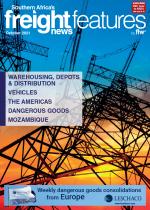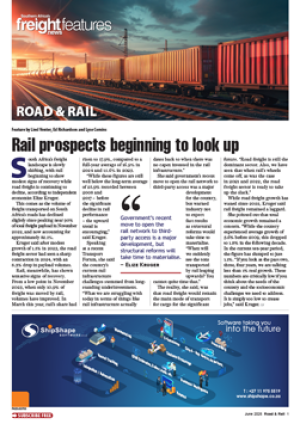In North America, the container shipping system has maxed out its capacity, and there are growing signs that it will only get messier in the near and midterm as monthly cargo volumes have increased by double digits since August 2020 and show no signs of letting up.According to Turloch Mooney, associate director product management, maritime and trade at IHS Markit, there is no indication of any improvement in the congestion situation. “It has, in fact, worsened in several key locations,” he said during an online conference.The US West Coast, in particular, was under pressure where vessel berth waiting time had seriously deteriorated in recent weeks. “Improving capability to move more containers faster is part of the solution, but at the large North American ports one is dealing with much bigger call sizes and cargo volumes are high,” explained Mooney. “The high proportion of imports going into consumer supply chains makes distribution more complex than the more export-orientated set up of the Asian ports for example.”He said failing a heavy drop in demand, delays at American ports were expected to continue until the end of 2021 and even well into 2022.“This will have long-term effects on the structure of supply chains as shippers invest more in limiting risk. We have seen big shippers and the large logistics operators are increasingly concerned about port performance, and they are looking at the situation closely. There will also be an increased appetite and capability to diversify sourcing for product categories with simpler supply chains over the long run.”Mooney said congestion at American ports, as well as in Europe, would continue to place intense pressure on maritime transport prices, and on the availability of space and equipment.In the long term, cargo bottlenecks will slow economic growth, producing higher costs for importers and exporters and putting pressure on employment.

